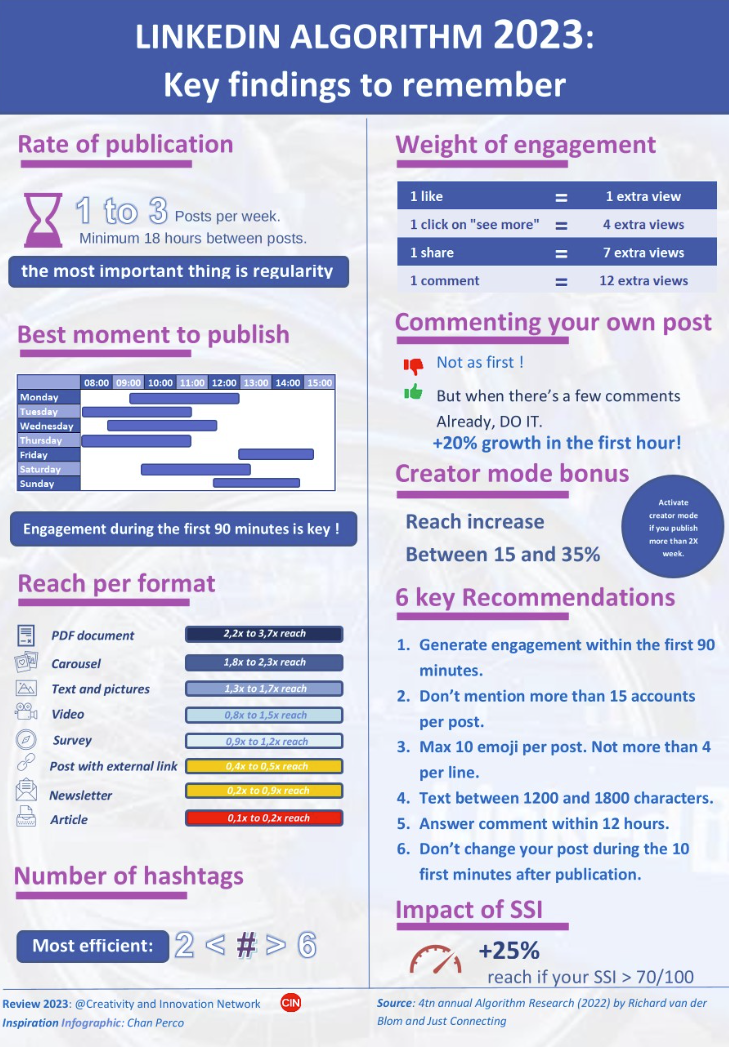
Another great guest post from natalie@homeownerbliss.info
If you’re looking to stay ahead of the competition and drive business growth, integrating artificial intelligence (AI) into your existing operations might just be the answer. AI can improve operational efficiency, streamline workflows, and provide valuable insights to help you make more informed decisions. But where do you start? In this article, we’ll explore some tips for successfully integrating AI into your business.
AI as a Positive
When it comes to adopting new technology, it’s important to approach it with a positive attitude and mindset. Embracing AI as an opportunity rather than a threat can go a long way in making the transition smoother. It’s important to recognize that AI is here to assist you and make your life easier, not replace you. By adopting this mindset, you’ll be more open to exploring the possibilities that AI can bring to your business.
Developing a Data Strategy
Before implementing AI into your business, it’s important to have a solid foundation of data. Developing a data strategy can help you understand what data you have, what data you need, and how you can best use it to make effective business decisions. A well-defined data strategy can also help you identify areas where AI can be most beneficial. For example, if you’re looking to improve customer engagement, you may want to focus on collecting and analyzing customer data to better understand their needs and preferences.
Monitoring Biases in Algorithms
One of the biggest challenges with AI is ensuring that the algorithms and data used aren’t biased. Biased data can lead to inaccurate results and unfair treatment of certain groups. It’s important to monitor and address any potential biases in the data and algorithms used in your AI systems. This can be done by regularly reviewing the data and algorithms and making necessary adjustments to ensure fairness and accuracy.
Customer Data Platform (CDP)
A CDP can provide a more unified view of customer insights by collecting data from multiple sources and combining it into a single customer profile. This helps businesses better understand their customers’ behaviors, preferences, and needs and create more personalized experiences. Integrating AI with a CDP also allows for predictive analytics to anticipate customers’ future behaviors and needs.
Transparency
Transparency is key when it comes to developing and using AI in your business. Customers want to know how their data is being used and what decisions are being made based on that data. By prioritizing transparency in the development and use of AI, you can build trust with your customers and make them feel more comfortable sharing their data with you. This can be done by providing clear explanations of how your AI systems work, what data is being used, and how decisions are being made.
Training for Employees
Integrating AI into your existing workflows can be a major change for your employees, and it’s important to provide them with the necessary training and resources to adapt. Thorough training can help your employees better understand how AI works and how it can benefit them in their roles. By involving your employees in the AI implementation process and providing them with the necessary training, you can make them more likely to embrace the new technology and use it effectively in their day-to-day work.
Automation and AI Platforms
If you’re looking to improve operational efficiencies and streamline workflows, choosing the right automation and AI platform is crucial. It’s important to choose a platform that aligns with your business needs and goals and has the necessary features and integrations to make it easy to use and implement. With so many options available, this page deserves a look to explore some of the most popular automation and AI platforms for businesses.
In conclusion, integrating AI into your business can be a game-changer when it comes to improving operational efficiency, streamlining workflows, and making more informed decisions. By embracing AI as an opportunity, using a customer data platform, choosing the right platform, etc., you can successfully integrate AI into your existing operations and take your business to the next level.
Image via Pexels







